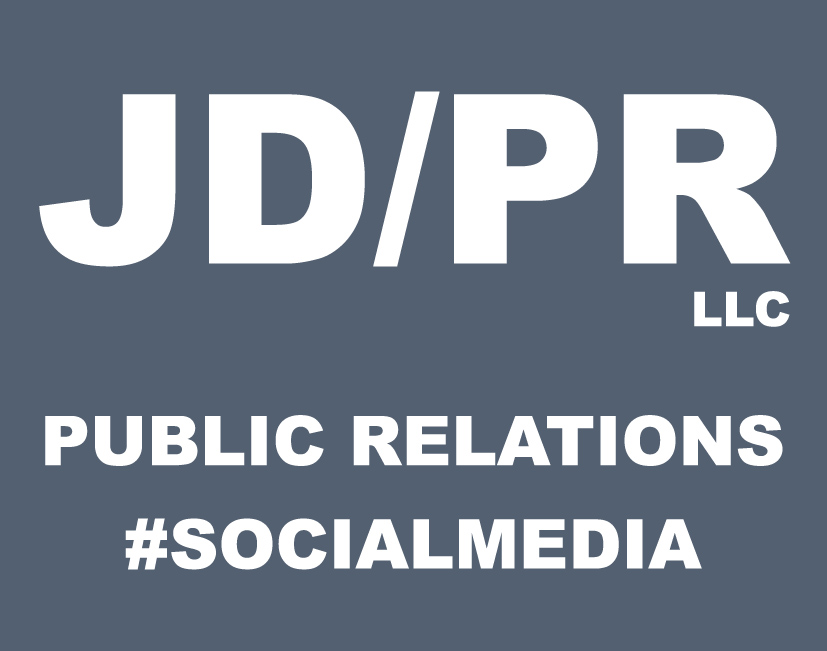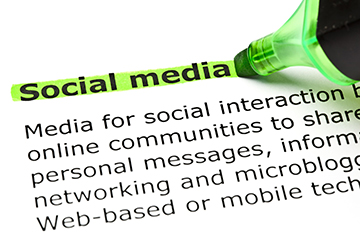Baltimore PR Firm Partner Discusses Social Media Trends
I was recently asked to serve as a guest lecturer at Johns Hopkins University, presenting my views on social media trends. As I told the students, this list will likely change by next week, but as of Tuesday here’s my take on the Top 10 (listed in alphabetical order):
Augmented Reality – Defined as a type of virtual reality that aims to duplicate the world’s environment on a mobile device. It generates a composite view that is the combination of the real scene and a virtual scene displaying additional information, such as LinkedIn scores, Facebook statistics, or directional information and reviews.
Cloud-Based Crisis PR Plans – The three-ring binder stuck on the office shelf doesn’t help when you’re literally onsite managing a crisis. More companies are recognizing the need to integrate social media into their old fashioned paper plans. Next they need to ensure the plan can be accessed from mobile devices.
Content Creation – Not really new to those of us in PR who have been creating content for many years, but this is a recurring topic among marketers who are finally recognizing the importance of fresh (but non marketing-speak) information to tell a company’s story and provide new content for the search engines to rank.
Gamification – Defined as integrating game dynamics into a non-game context to encourage and drive participation. Includes awarding “badges” and setting up competition so users will be driven to complete tasks, such as employee training programs or time sheets.
Geo-Fencing – Also called location-based marketing, it creates a virtual perimeter for a real-world geographic area (such as the boundaries of an airport terminal) and sends informational or marketing messages to devices detected to be in the area.
Influence Marketing – Via tools such as Klout and Kred that deem certain social media users to be “influential,” this controversial form of marketing provides a numeric ranking and issues rewards for participation.
Instagram and Google+ – Not that these are new, but we’re noticing that companies are taking a closer look and determining how to integrate them into their programs. Both are being taken more seriously.
Listening Centers – A Hootsuite or Tweetdeck monitoring system is adequate for most companies, but those that need to monitor and react to thousands of messages a day are setting up dedicated centers with walls of monitors and a team of pros ready to use that real-time information. Cisco, Dell and Gatorade are three brands most often cited as examples.
Mobile – You’ll see mobile on every trends list, but it deserves a spot because the really big numbers are still ahead of us: by 2013, half of the internet traffic to a website will be via people on their mobile devices; and by 2015 more people will access the Internet through mobile devices than through PCs or other wired computers. Take steps now, beginning by viewing your website from an iPhone.
Training Gap – Most companies (53.61 percent) are not training employees about acceptable social media use, according to research by several organizations, including the Society for New Communications Research. This leaves many companies vulnerable to risk and liabilities – and opens the door for those who can provide effective training.








Leave a Reply
Want to join the discussion?Feel free to contribute!